Religious

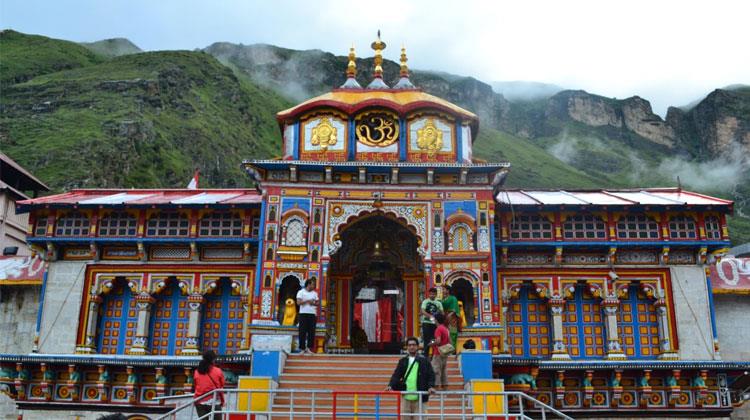
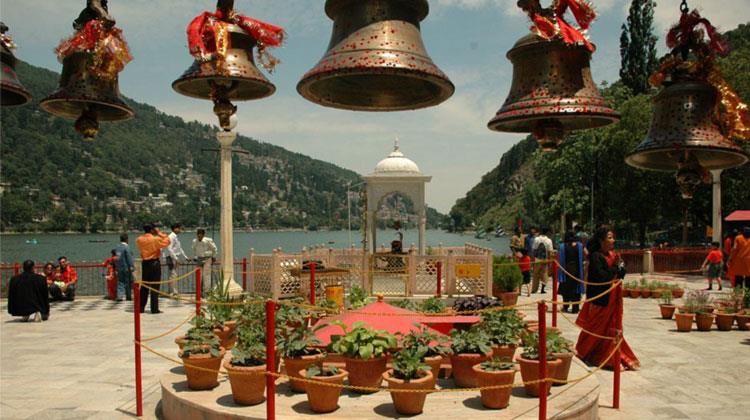
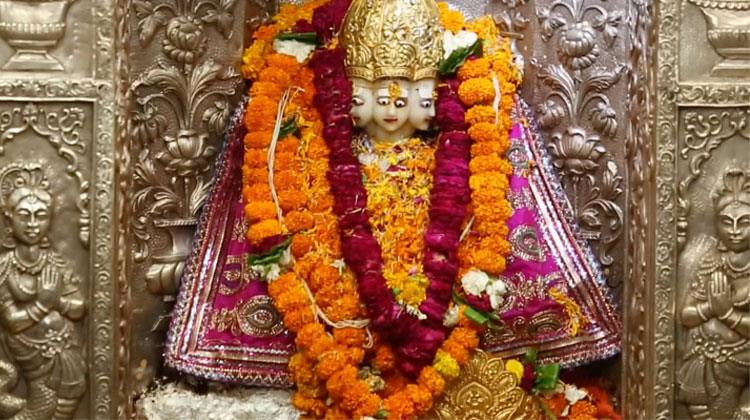




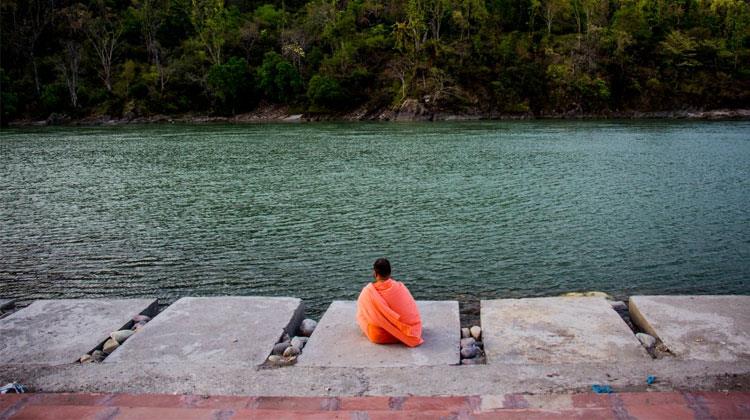
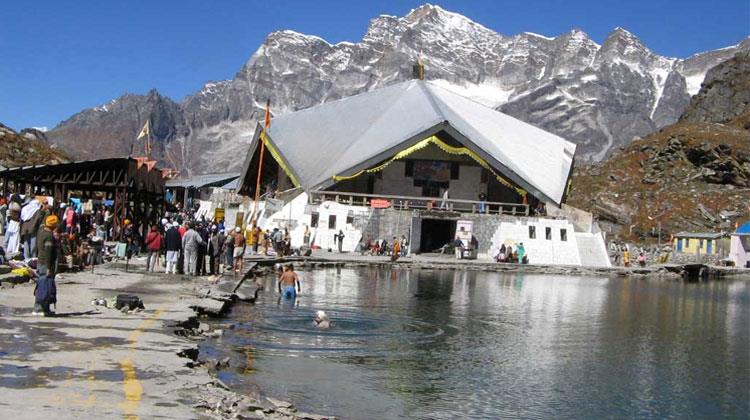
Kedarnath Temple
Lying at an altitude of 3584 meters above the sea level, Kedarnath temple is one of the destinations of the most revered Chadham Yatra, Uttarakhand. Dedicated to an incarnation of Lord Shiva, Kedarnath is also one of the 12 Jyotirlingas of the Lord. Hindu devotees visit the temple every year in huge numbers. It is believed that the Lord fulfills all the desires of his devotees. Originally, the temple was constructed by the Pandava of brothers.Today the temple that we see was built by Adi Shankaracharya in the 8th century during the course of revival of Hinduism. The samadhi of the sage lies just behind the temple. The entrance of the temple has a statue of Nandi, Lord Shiva’s divine bull. Around 223 km from Rishikesh, the temple is placed on the banks of River Mandakini and is amidst snow-covered mountains. Gaurikund, Gandhi Sarovar, Triyuginarayan, Vasuki Tal, Sonprayag, Agastyamuni Temple and Deoria Tal are some of the attractions around Kedarnath temple.
Badrinath Temple
Badrinath Temple in Badrinath (Uttarakhand) is one of the great places particularly for Lord Vishnu devotees and other tourists. The temple and the town are counted one among the Chardham Yatra and hold great importance among Hindu community. Among all the four, Badrinath is one of the most important Hindu pilgrimage sites.Settled around 3133m above the sea level on the banks of river Alakhnanda in the Chamoli district in Uttarakhand, Badrinath temple is one of the 108 Divya Desams of Lord Vishnu. The presiding deity inside the temple is of Lord Vishnu, a black stone statue (Saligram stone) around 3 ft tall, in the form of Badrinarayan. Legends say that the temple was originally put-up by Adi Shankaracharaya, but was later renovated several times.
With colorful entrance, also known as Singhdwar, the temple has three sections- Garbhgriha- the sanctum has idols of Lord Vishnu and other Hindu Gods, Darshan mandap- worship hall and Sabha mandap- convention hall.
Naina Devi temple
Nestled on a hilltop, Naina Devi Temple is counted amongst the 51 Shakti Peeth of the Hindu Goddess. Goddess Naina Devi dwells at the temple in the form of two eyes and thus the name. Devotees from far and near throng at the holy shrine to seek the blessings. They can trek through the steps or choose to reach the sanctum sanctorum through cable car.Upon reaching, one can see a huge Peepal tree and an idol of Lord Hanuman within the complex. Inside the temple, there are idols of Goddess Kali and Lord Ganesha on the left and right side of the Naina Devi respectively. In the center, there are two netras (eyes) that represent the Goddess.
Mansa Devi temple
Dedicated to Goddess Mansa- a form of Shakti, Mansa Devi Temple is located in the holy city of Haridwar in the Uttarakhand state. This holy abode of Ma is placed on the top of Bilwa Parvat in the Shivalik Hills, the southernmost Himalayas. Mansa Devi temple is also one of the Panch Tirths of Haridwar and so is called Bilwa Tirth also. The goddess emerged from the mind of Rishi Kashyap and is the sister of Naga (snake) Viper.Ram Jhula
Ram Jhula is one among the two extremely popular hanging-bridges in Rishikesh. It is one of the important places of interest for those who visit Rishikesh. The bridge was put-up in year 1986 on the River Ganga. It is around 450 ft in height connecting the two famous ashrams, Swarg Ashram and Shivananda ashram. A long walk on the bridge provides attractive views of snow-capped peaks, holy river Ganga, several temples and ashrams. The suspension bridge is quite similar to that of Laxman Jhula, another hanging bridge.Commonly referred as Shivananda Jhula, Ram Jhula has many other important ashrams in its proximity such as Gita Bhawan, Yog Niketan and Parmarth Niketan ashram. All the ashrams are known for their spirituality and simplicity. Devotees and travelers specially come here to meditate and achieve spiritual knowledge.
Neelkanth Mahadev
Neelkanth Mahadev Temple, an ancient temple, is perched on a hill at a height of 1675 meters. Shiva Lingam is placed in the sanctum sanctorum; presiding deity of the temple is in phallic form. Lord Shiva is worshipped as Neelkanth, or the God with Blue Throat. His throat turned blue because he consumed all the venom that was oozed during the Churning of Ocean (Samudra Manthan).Neelkanth Mahadev Temple is the spot where he consumed the venom. Before entering the temple, devotees take a dip in the natural spring in the premises. Coconut, honey, fruits, flowers, milk and holy water are offered to the lord in this temple. Neelkanth Mahadev Temple is an important religious site of Rishikesh and is visited by thousands of pilgrims. The temple is located at a distance of 20 km from Rishikesh and lies adjacent to the Nar-Narayan Hill Range. Confluence of Pankaja River and Madhumati River situated at a short distance.
Yamunotri temple
Located in Uttarakhand Yamunotri temple can be reached from Rishikesh, Dehradun or Haridwar. One of the four pilgrimage sites or Char Dham Yatra of India, Yamunotri dedicated to Goddess Yamuna is a shrine situated in the Garhwal Himalayas. Perched on the Bandar Poonch peak which is about 3.165 mts above sea level, the path way to the Yamunotri temple is very picturesque. Situated opposite to Gangotri, Yamunotri is the source of the river Yamuna which originates from the Champasar Glacier which is about 4,321 mts above sea level.Yamunotri Temple is accessible by a six kilometer walk from a town called Hanuman Chatti and a four kilometer walk from Janki Chatti. Devotees travel the way on foot, palanquins or horses.
The hike along the mountain range is truly beautiful since you will be encountering many cascading waterfalls. Maharani Gularia of Jaipur in the 19th century had originally built the Yamunotri Temple but due to earthquakes it was destroyed and a new temple was built in its place.
Har ki Pauri
Har-Ki-Pauri is believed to be one of the holiest Ghats in India. It is the first place where the holy river Ganga touches the plains after flowing through the Himalayan range. Har-Ki-Pauri is considered a site of immense religious importance. People from all across the world visit the site to offer their prayers and seek blessings. It is believed that those who take a dip in River Ganga can wash off all their sins.According to the history, the place has a mark of Lord Vishnu’s footprint on a stone which is even present today. This is why, it is believed that Lord Shiva visited Har ki Paudi during the Vedic period.
Triveni Ghat
The bathing Ghat of Rishikesh, Triveni Ghat is set at the confluence of three sacred rivers- Ganga, Yamuna and Saraswati. Pilgrims from all across the country visit to take a holy dip in Triveni Ghat. As per the beliefs, it is said that a dip in water at this Ghat washes away all the sins and purifies the soul.Early in the morning at sunrise, devotees offer milk to the river and feed the fishes. The star attraction of the Ghat is the 'Maha Aarti'- Aarti of Goddess Ganga, which is organized every evening at the Ghat. The aarti is accompanied by chanting of bhajans, lighting of diyas, beating drums and bells. Devotees visit here and release small oil lamps that are placed on leaf boats in the water. In the evening, all these lamps float in the water and offer a great view. Triveni Ghat is also known for performing ceremonies in the name of ancestors like 'Pindha Shraddha'.
Hemkund Sahib
Shri Hemkund Sahib is an important pilgrimage destination for Hindus and Sikhs. Hemkund is the breathtaking Lokpal lake located at an altitude of 4329 m from the sea level. The picturesque natural settings make this hill region an amazing place for rejuvenating vacations. One can reach this majestic lake through a challenging but interesting and enjoyable trek from Ghangharia.Sikhs consider this as a scared region with one of the famous Sikh Gurudwara placed in the heart of the region. A Hindu shrine dedicated to mythological hero Lakshmana is attractive for Hindu Pilgrims. This temple is built on the banks of Hemkund.
Hemkund Sahib is nestled amidst seven snow capped peaks and marvelous snowy glaciers. The nature is reflected here with all its mighty appearance in the crystal clear alluring water. Hemkund lake is fed by the glaciers from majestic peaks known as Hathi Parvat and Saptrishi peaks. A small stream known as Himganga originates from this imposing lake.
Great Trip with Great Company
